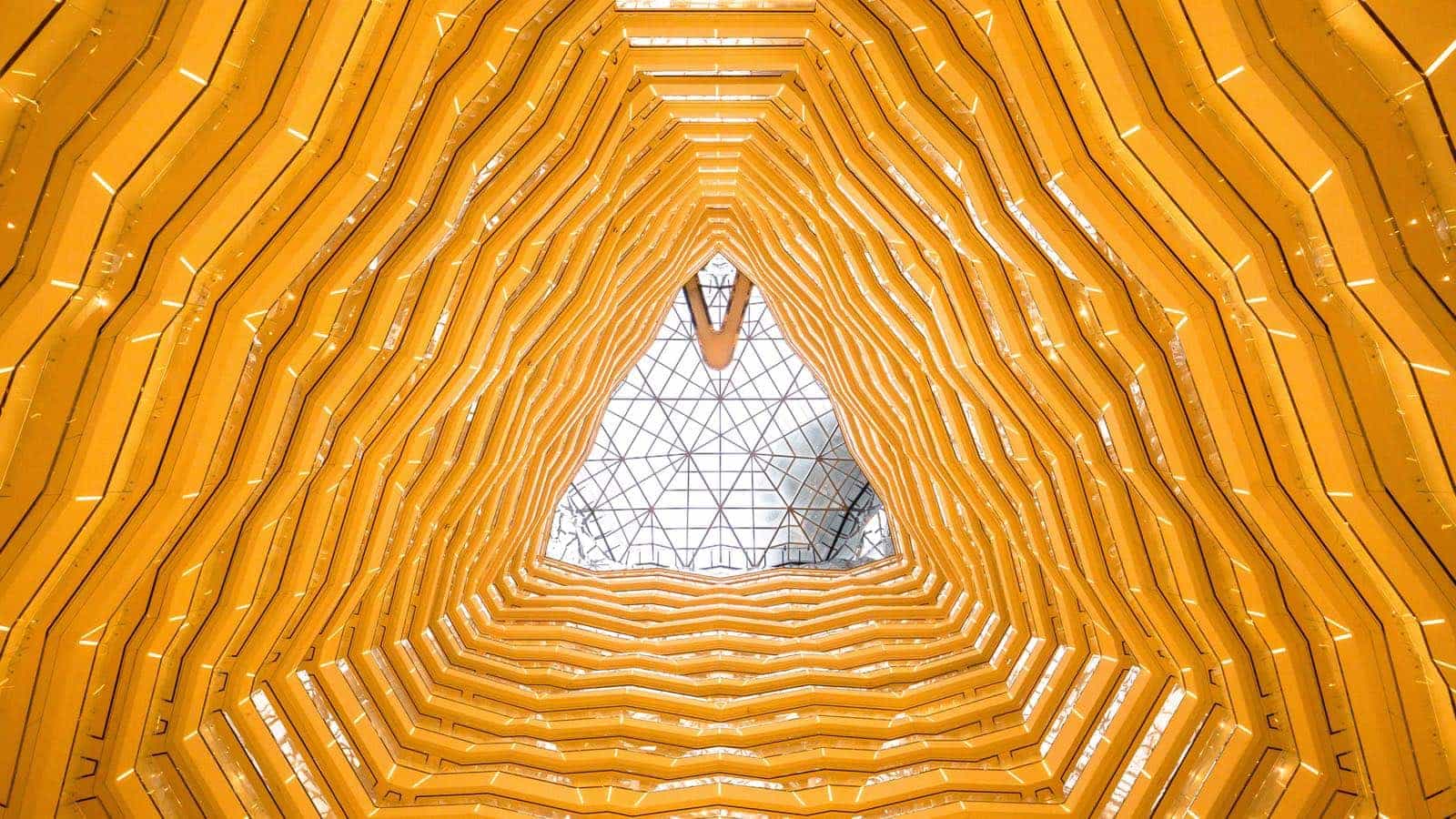Simulation under 50Å
JAMES model in QI mode instead of "classical" simulation.
The classical mode is for simulations of the lattice > 50 Å.
The length of the Lattice Unit (a) approx 4-5 Å, depending on the semiconductor.
The diagram shows the simulation of 1 or 2 Lattice Units or (LU) as blue cubes.
The simulation mode now enters Quantum Interference (QI) mode. The Quantum Noise can now be studied especially in correlation.
The diagram shows a lattice units shown as length=a.
MP1 and MP2 are the measurement planes which can be set arbitrarily in the LATTICE. They can be spaced in multiples of one LU (n x a).
The simulator calculates a carrier spectral analysis at each plane.
Quantum Imaging:
Quantum states
The original (version 1) JAMES full 3-D model:
The model is based on a quantum physics approach, and allows the study of charge transport and carrier evolution to proceed at the individual carrier level, allowing new nano-devices to be modelled and designed.
This is the first time carrier behaviour has been modelled in a full 3-D semiconductor lattice.
The single lattice cell has been
explored further, and the original research expanded to include single
long-lifetime (noise-free) states (e.g. spin) within the lattice.
The system state, i.e. the individual atom state can be modified throughout the lattice, by initialisation, and entanglement defined between different points of interest.
. The simulation can be paused at any point in the time evolution of the simulation process to carry out a more detailed analysis.
. The model uses the 4th dimension of time, giving the individual carrier evolution from t=0.
•
The arrival time of EACH INDIVIDUAL CARRIER at the contacts models noise
This provides a minimum quantum cell, with long-term states, free of "noise", and allows an individual point change to be studied or "partial derivative" in the output to a particular change.
The image to the left shows a silicon (Si) lattice cell.
In carrier transport mode:
A simple, intuitive motivation of the conductance quantum can be made using the minimum energy-time uncertainty 

The current 

Applying a voltage 
If we assume that the energy uncertainty is of order 

Using the fact that the electrical conductance 
The simulator allowed the simulation
of individual carrier behaviour in a single lattice cell ( 5.4 Angstroms
), as a route to representing LOGIC GATES.
Post Simulation: Analysis is carried out after a simulation run, and a sweep of the lattice is performed to analyse the new states.
Modelling Quantum Pairs
In Photonic mode:
The
research was extended to include interaction with photon quanta in the
lattice some years ago, leading to the "High Contrast Photonic Detector
at Low Photon Flux" proposal, and subsequent patent. The
patent for the Ultra Low Noise Photonic detector introduced a single
high-conductivity boundary edge into the JAMES model (using quantum
channels). Any Lattice Unit (e.g. L1 and L2) in the figure opposite, can be defined to trap a single carrier in the given LU. The spin state can be determined by changing several physical parameters, and can be functionally related to the state of another carrier spin (entangled), in order to study the "quantum noise" and achieve a greater pair-state "lifetime".
The photonic
matrix can be used to define "asynchronous" events independently of the
simulation "clock" or evolution such as spin change.
Quantum states
Several models are currently being explored.
Quantum Computing, will only reach its full potential speed and performance, once Quantum Noise is fully understood modelled and controlled.
Simplified single atom representation in the lattice cell, from JAMES model.
see British Library, (uk.bl.ethos.436542)
e.g. Quantum noise in a bipolar semiconductor junction will mainly be observed as shot noise.
Quantum Imaging #quantumimaging
Ultra High Contrast Photon Detector and Quantum Imaging
The development of the Ultra Low Noise Photon detector using a graphene layer, with its potential application in Medical Imaging, is a growing area of research which exploits quantum correlations (quantum entanglement).
The increased SNR of the detector lends itself to this type of application, by reducing the shot noise amplitude.
e.g. Ghost (Coincidence) Imaging, quantum lithography**, sub-shot-noise imaging*.
The quantum fluctuations in a photon source create uncertainties, which causes instant to instant fluctuations, and can be generally quantified as shot-noise among other types of smaller controlled noise sources.
Reducing the noise in the detector improves the resolution considerably, and enhances the image.
Sub-Shot-Noise Imaging:
One interesting methodology researched recently, exploits spatial quantum correlations
between parametric down conversion (PDC) light beams for realizing sub-shot-noise imaging of weak
absorbing objects , leading to near noise-free imaging.
* Sabines-Chesterking, J.; Sabines-Chesterking, J.; McMillan, A. R.; Moreau, P. A.; Moreau, P. A.; Joshi, S. K.; Knauer, S.; Knauer, S.; Johnston, E.; Rarity, J. G.; Matthews, J. C. F. (2019-10-14). "Twin-beam sub-shot-noise raster-scanning microscope". Optics Express. 27 (21): 30810–30818. Bibcode:2019OExpr..2730810S. doi:10.1364/OE.27.030810. ISSN 1094-4087. PMID 31684324.--
** Resolution ≈ λ / 2N, where N = number of entangled photons
November 2023 Presentation
April 2022 Presentation
July 2022 Presentation
November 2022
Effects of Gamma radiation in state of the art Digital Devices c.100 Å










